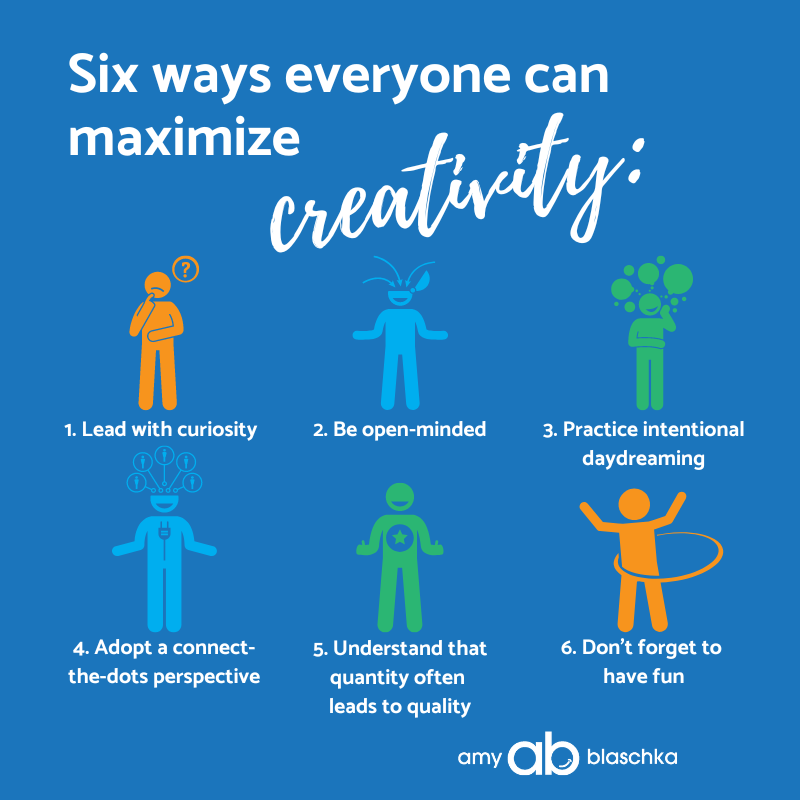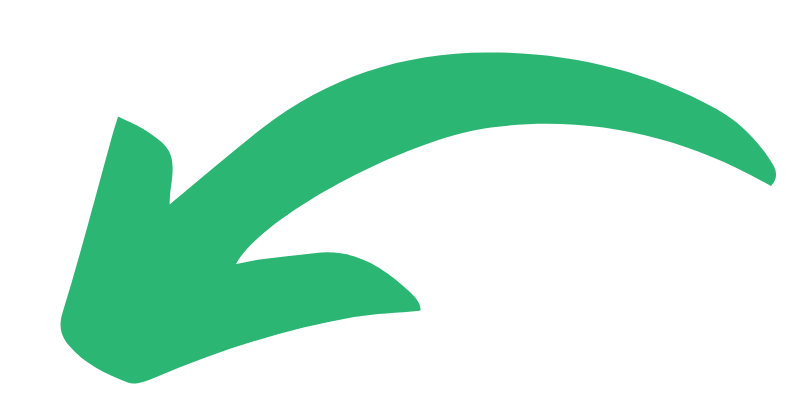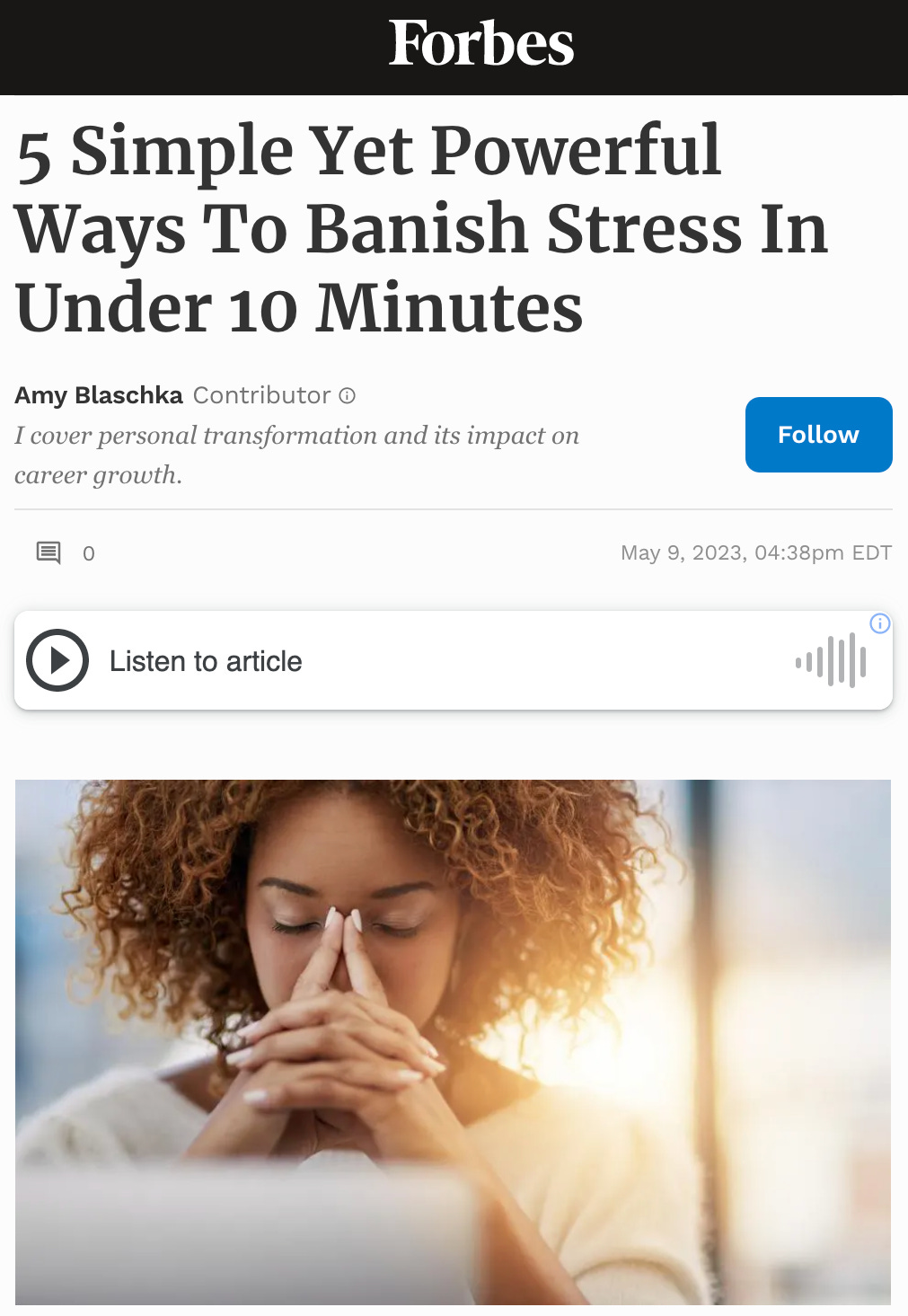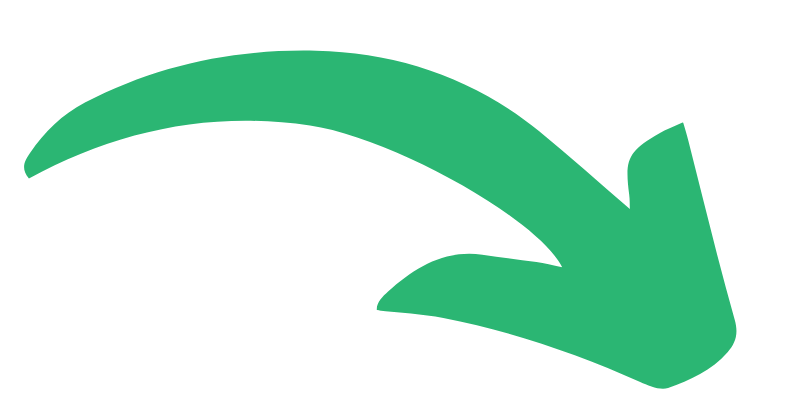6 ways to maximize creativity when you don’t think you’re creative
Far too many people assume they must be a designer, musician, or artist to be creative, and it’s simply not true.
Welcome to Illuminate Me. Each week, I share an illuminating insight to help you communicate and connect better, growing your reach, impact, and career.
This week’s insight: You don’t have to be a “creative” to be creative.
Pssst…
You don’t have to be a “creative” to be creative.
I know, I know, easy for a writer to say.
But far too many people assume they must be a designer, musician, or artist to be creative, and it’s simply not true.
Everyone can — and should aspire to — be more creative.
Creativity is the ability to perceive the world in new ways, find hidden patterns, connect seemingly disparate things, and generate innovative solutions.
When you’re creative, you’re able to turn new and imaginative ideas into reality.
And that’s a highly valuable skill, no matter your industry or field.
Here are six ways you can maximize your creativity, even if you think you’re not creative:
1. Lead with curiosity
As a writer, my curiosity fuels my creativity about content ideas but also carries over into other parts of my life. When you’re genuinely curious about others, how the world works, and what’s possible, you’ll ask questions like “What if?” and “Why not?”
Leading with curiosity can help you reframe established processes and products and create an environment that fosters big ideas. It challenges conventional thinking and enables you to arrive at solutions you may not have considered if you hadn’t questioned the status quo. Curiosity is also an excellent antidote to “but we’ve always done it this way” thinking.
2. Be open-minded
The biggest creativity killer is a closed or fixed mindset. Challenge yourself to consider new ideas from unfamiliar sources, engage in discussions with people who don’t share your views or background, and seek out unusual experiences. When you open your mind to the cross-pollination of what’s beyond your status quo, you make room for innovation and discovery.
3. Practice intentional daydreaming
In a world where external demands and a cacophony of noise bombard us, taking the time to turn inward and think deeply is a must for creativity. And research supports letting your mind wander to boost your creative juices. People who reported more frequent daydreaming during the day scored higher on creative and intellectual tests. Plus, building in free time means your brain is more relaxed, which is conducive to creativity.
4. Adopt a connect-the-dots perspective
Steve Jobs likened creativity to one’s ability to connect things, and Henry David Thoreau famously said, “It’s not what you look at that matters; it’s what you see.”
When you tap into your awareness, you notice details other people miss. Creative people use all of their senses and are incredibly observant. They play connect-the-dots with ideas and thoughts, adopting a unique perspective to envision what’s possible, making them the in-demand innovators and creative thinkers companies and clients most value.
5. Understand that quantity often leads to quality
As you embrace your creativity, you’ll yield many ideas. Some will be great, some mediocre, and some might even fail miserably. But a creative person doesn’t dwell on the clunkers; they view them as fuel to spur their continuous creative thinking. So rather than self-censoring, allow yourself the freedom to produce as many new ideas as possible without fear, so you’ll up your chances of creating something no one has thought of before.
6. Don’t forget to have fun
One of the best things about creativity is that inspiration strikes when you least expect it. Your next great idea is likely to come when you’re relaxed and at play, so stressing yourself out trying to “be creative” won’t help. Instead, cut yourself some slack and consider my favorite way to think about cultivating creativity from creative genius Albert Einstein: “Creativity is intelligence having fun.”
Remember, you don’t have to be a “creative” to be creative.
Something else everyone can be?
Stressed.
Fortunately, in my latest Forbes article, I share five simple yet powerful practices to alleviate stress quickly.
More illumination:
Miss last week’s newsletter? I shared how to harness the power of words to improve your communication and career.
And one from the archives: Austin Kleon says, “If you want to be the noun, you have to do the verb.” Here’s why you should verb your enthusiasm.
P.S.
What I do:
When I’m not writing this newsletter or doing my best to maximize my creativity, I’m a social media ghostwriter. (Yep, that’s a thing). I help founders craft their stories to communicate and connect better, magnifying their reach and impact. (Think personal branding and thought leadership.)
I can also weave together your personal and professional experience to write an engaging, original, and authentic career story that aligns with and supports your personal brand and thought leadership, positioning you for success.
Learn more by visiting my website.
Where you can follow me and find more of my work:
Forbes: I write weekly articles on personal transformation and its impact on career growth.
LinkedIn: Hit the 🔔 in the top right corner of my profile to get notified when I post and join more than 21,000 others by subscribing to my weekly LinkedIn newsletter, momentum, featuring insights to help you maintain positive motion and continually grow your career.
Twitter: Pithy synopses and threads of my content.
Instagram: My content, visualized (and occasional travel-related Instagram Stories and archived Story Highlights about my adventures if you’re into that kind of thing).
How to subscribe to this newsletter:
If you haven’t already, please subscribe by clicking the blue button and be sure to check out the archives.







